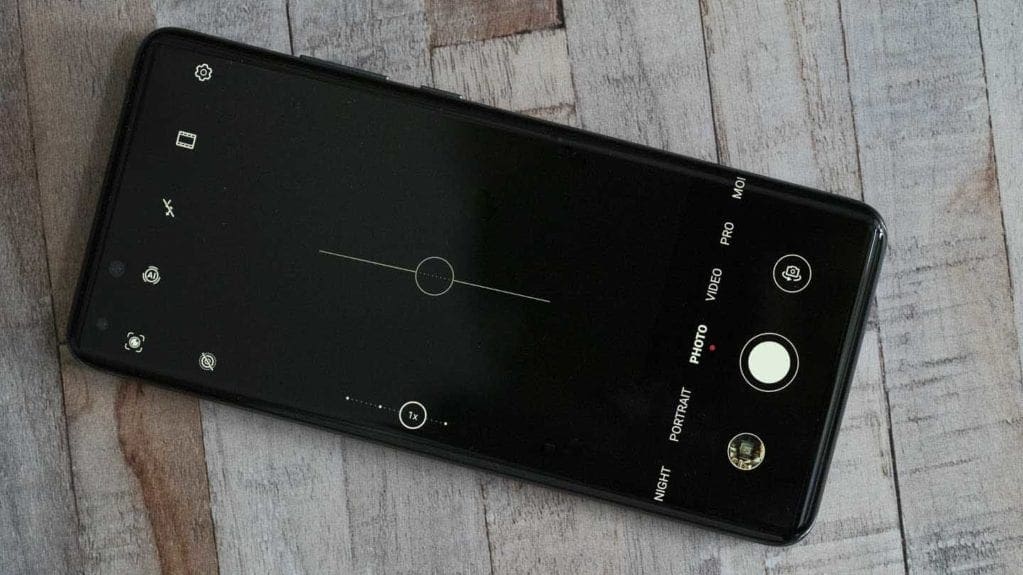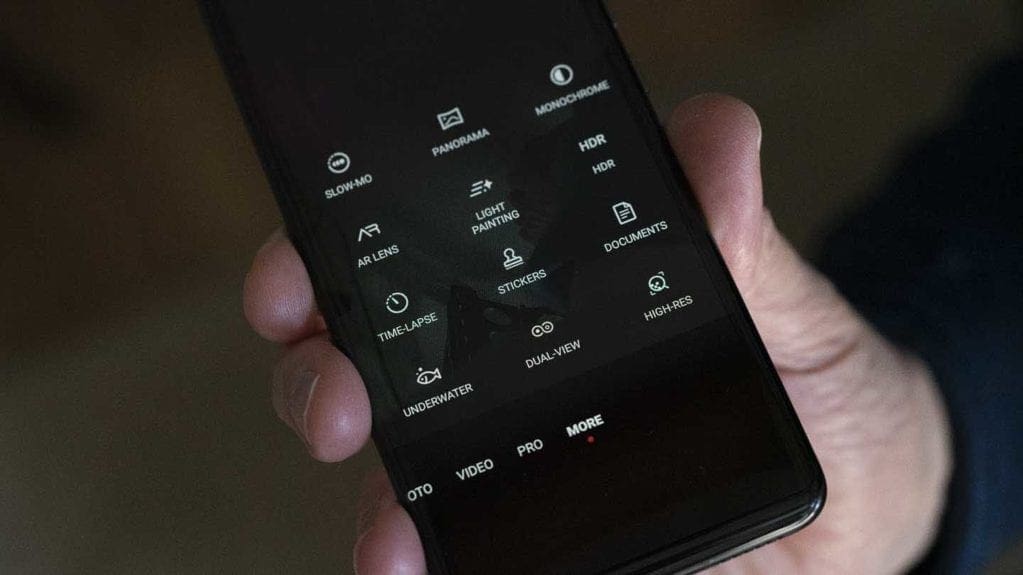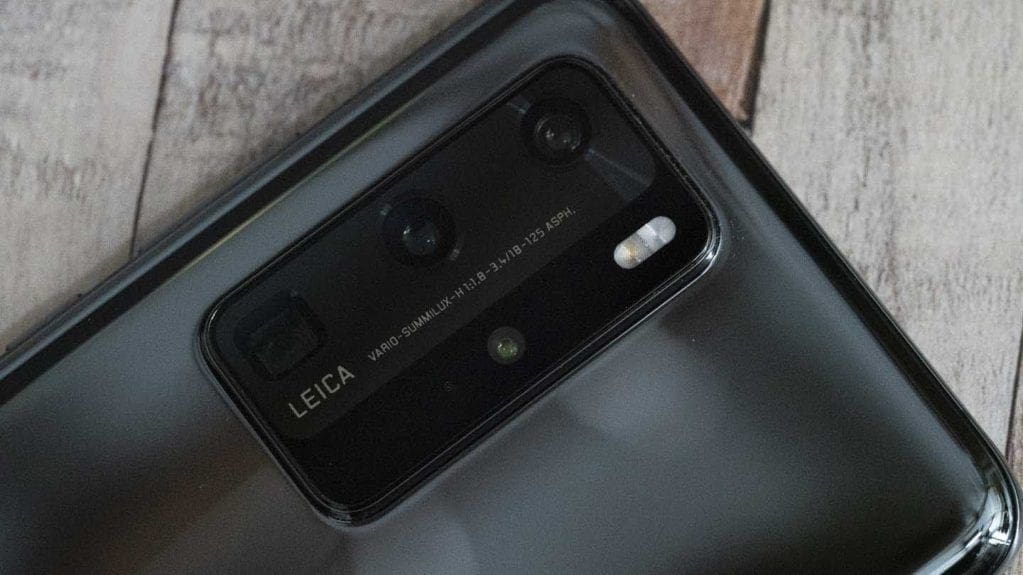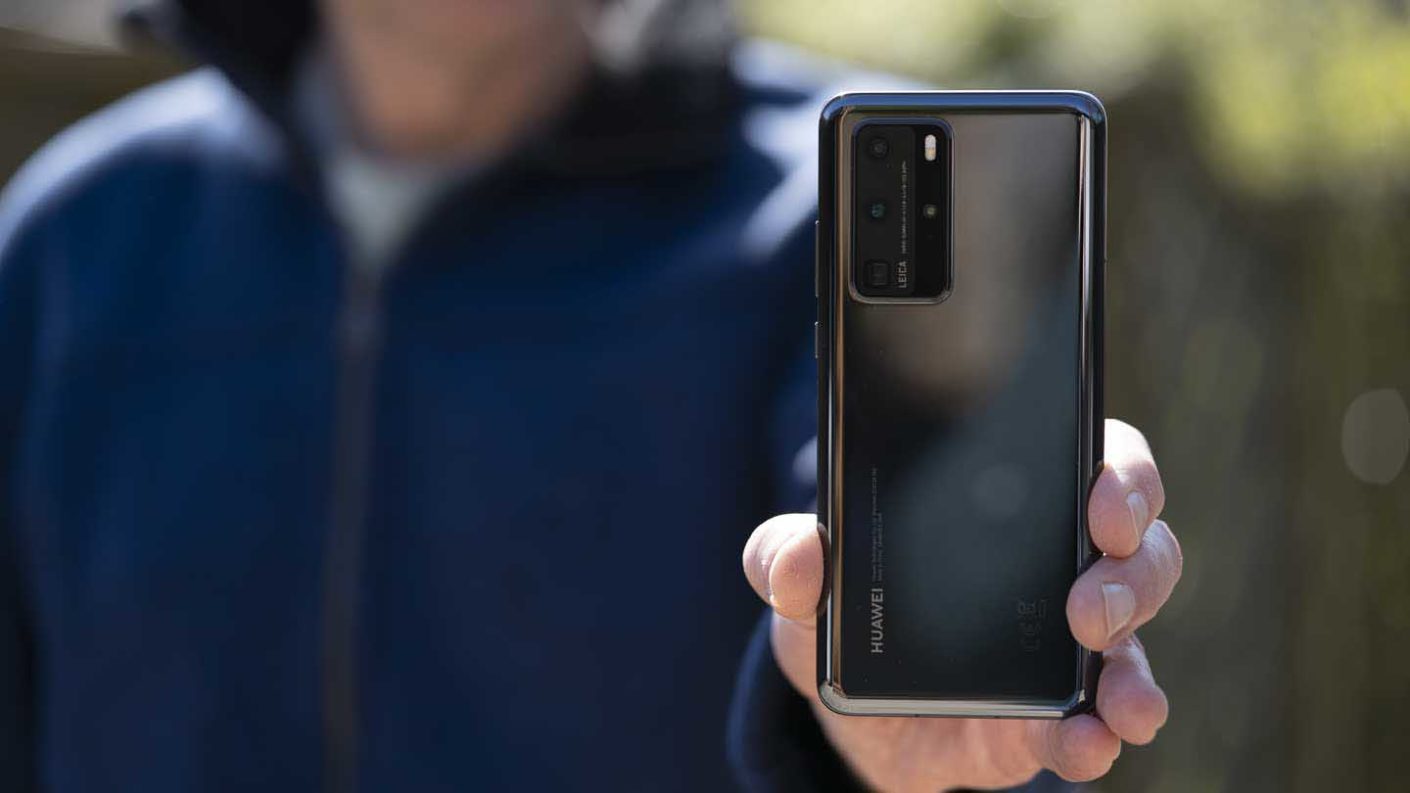The Huawei P40 Pro is a high-end Android smartphone and the successor to the P30 Pro. Huawei’s PXX Pro series is the company’s most camera-centric line and the P40 Pro has a quad camera arrangement.
Our Verdict
The Huawei P40 Pro has a great smartphone camera that delivers impressively high-quality images in conditions that other cameras would struggle. However, the current situation between Google and Huawei means that you can’t use many of the apps you’d take for granted on other phones. So while the camera scores very well, overall, the phone doesn’t deliver what many people want, which is a real shame.
For
- Excellent performance in the default settings
- High-quality video with good stabilisation even in 4K mode
- Superb night-mode that delivers sharp images in challenging conditions
Against
- Limited range of apps available
- The longest digital zoom settings are best avoided
What is the Huawei P40 Pro?
Specification
- Product Type: Smartphone
- Launch date: 26th March 2020
- Operating system: EMUI 10.1 (based on Android 10)
- Processor: HUAWEI Kirin 990 5G, CPU: Octa-core 2 x Cortex-A76 Based 2.86 GHz + 2 x Cortex-A76 Based 2.36 GHz + 4 x Cortex-A55 1.95 GHz, GPU: Mali-G76, NPU: Dual Big Core + Tiny Core NPUs (Neural-network Processing Unit)
- Camera type: Four camera system: Leica Vario-Summilux-H 1:1.8-3.4 / 18-125 ASPH
- Main Camera Details: 1/1.28-inch 50Mp Ultra Vision Camera (27mm equivalent, f/1.9 aperture, OIS, RYYB sensor), 1/1.54-inch 40Mp Cine Camera (18mm equivalent, f/1.8 aperture), 12Mp SuperSensing Telephoto Camera (125mm equivalent, f/3.4 aperture, OIS, RYYB sensor) and 3D Depth Sensing Camera
- Screen: 6.58-inch 19.8:9 2640 x 1200 OLED with up to 90Hz refresh rate
- Maximum video resolution: 4K(3840 x 2160 pixels) 60fps video recording
- Focusing: Phase detection
- Front (selfie) camera: 32Mp f/2.2 aperture and Depth Camera, with autofocus
- Waterproof rating: IP68
- Memory: 8GB RAM + 256GB ROM
- Battery capacity rating: Typical value: 4200mAh , rated capacity: 4100mAh
- Dimensions (WxHXD) : 72.6 x 158.2 x 8.95mm
- Weight: 209g

Huawei P40 Pro Price and availability
The Huawei P40 Pro went on sale on 7th April at a price of €999/ £899.
Also, the Huawei P40 announced at the same time has a price tag of €799 (around £730) .
Meanwhile, the Huawei P40 Pro + announced at the same time will go on sale in June for €1,399 (around £1,280).
Features
Like the P30 Pro, the Huawei P40 Pro has a four-camera system and again its produced in collaboration with Leica, the esteemed German camera manufacturer. For the P40 Pro Huawei and Leica have created a Vario-Summilux-H 1:1.8-3.4/18-125 ASPH camera system. That means that there’s an effective focal length range of 18-125mm and a maximum aperture of f/1.8 at the widest point and f/3.4 at the telephoto point.
The Huawei P30 Pro’s camera has a wider zoom range that runs from the equivalent of 16mm to 125mm. However, the P40 Pro’s main camera has a bigger sensor, which should be good news for image quality.
As in the P30 Pro, Huawei has used a periscope design for the telephoto lens in the P40 Pro. That helps to keep the phone’s thickness down while giving extra focal length.
Huawei has stuck with the innovative RYYB (red, yellow, yellow, blue) sensor design instead of the more common RGGB (red, green, green, blue) filter array. However, it has used this technology in two of the cameras in the P40 Pro, the 50Mp Ultra Vision Camera (Wide Angle, f/1.9 aperture, OIS) and the 12Mp SuperSensing Telephoto camera (f/3.4).

Build and Handling
The Huawei P40 Pro feels exactly like you’d expect a high-quality smartphone to feel. It’s slick, smooth and nicely weighted. It also comes with a clear flexible case which pops on easily and gives the rather slippery phone a bit more purchase – that’s especially useful when you’re trying to line-up a quick shot.
Conveniently, you can open the camera app very quickly from the locked screen, you just need to put your finger on the camera icon in the bottom right corner and swipe up. You’re ready to shoot in a jiffy.
As usual the shooting mode options are arranged along the bottom of the screen. These include Aperture, Night, Portrait, Photo, Video, Pro and More. More gives access to Slow-Mo, Panorama, Monochrome, AR Lens, Light Painting, HDR, Time-Lapse, Stickers, Document, Underwater, Dual-View and High-Res.
Interestingly, unlike on the P30 Pro, it’s not possible to change the resolution of the still images that you capture with the P40 Pro. When the optical zoom is un use, the P40 Pro captures 12.6Mp images, zooming beyond x5 (125mm equivalent) lowers the pixel count.
Huawei recommends that the P40 Pro is set to shoot 16:9 1080p (Full-HD) video, but you can shoot at other resolutions including 16:9 4K video. These options are accessed via the cog icon in the top right of the camera app screen.
Screen
The P40 Pro’s screen measures 6.58-inches across its diagonal, which is a nice size for composing and reviewing images. In addition, the 2640 x 1200 resolution produces a nice crisp view.

Performance
The first thing I noticed about the P40 Pro is that in the default mode the camera focuses quickly even in quite low light. However, things slow down a bit when you zoom out or in.
With the AI on, the camera does a good job of recognising what it’s looking at. It correctly identified my dog as a dog and plants and landscapes as ‘greenery’. However, it seemed to think that a woodland was a ‘beauty’ scene.
In the UK and Europe, the default setting for the P40 Pro is for the AI to be off. However, it can be turned on quickly just by tapping the icon at the top of the screen.
Huawei P40 Pro Image Quality
DxOMark currently ranks the Huawei P40 Pro’s camera as the best in a smartphone, and after shooting for a couple of weeks or so with the phone, I’m inclined to agree. It captures an impressive level of detail and the colours are usually good in the default settings.
However, when the AI activated, some of my images have an overtly HDR appearance and are a bit oversaturated.
When I was shooting on a bright sunny April day in a woodland with only few leaves in the canopy, the on-screen image looked a bit bright, but the results actually reflect the conditions very well.
There are a few exceptions, but the P40 Pro’s Aperture mode works extremely well. It does a great job of detection the subject and applying natural-looking blur to the background at wide apertures. It distinguishes the subject from the background very well so there are few separation errors.
Night Mode
Huawei’s Night mode is incredible, it enables you to take sharp images without a tripod in very dark conditions. As you shoot, you see a countdown from 4 or 5 seconds and somehow it manages to produce a sharp image.
It coped extremely well when I shot some blossom swaying in the breeze.
Zoom Performance
I mainly used the P40 Pro in it standard (1x) zoom setting and in wide-angle mode. Both produce great results. The zoom in from 1x is continuous and smooth rather than a jump between the various settings. This encourages you to use the focal length that delivers the composition you want.
The results with the 5x zoom are also good but I would avoid the longest end of the digital zoom. The camera really struggles to focus and the results are generally terrible.
Video Performance
The Huawei P40 Pro is capable of produce good quality video and the 4K results are a marked improvement upon the P30 Pro’s. The details still look oversharpened and digital, but if you’re interested in viewing the results on a phone rather than at large scale on a computer or TV screen you’ll be very happy.
Sample Images
Follow the link to browse and download full-resolution images
[FAG id=93752]
Verdict
The Huawei P40 Pro has an excellent camera system, especially for capturing still images. There’s a good level of detail and the colour and exposure are handled well in the default settings. Huawei and Leica also provide some alternative colour options and there are some great features for taking images in tricky conditions – especially at night.
However, as great as the P40 Pro’s camera is, and it is the best in a smartphone right now, it’s hard to recommend a phone that is so hampered by the Google ban enforced upon Huawei. It means that some key apps that you’d expect to be able to use aren’t available. It’s not just the standard apps from Google, you can’t get apps for Facebook, WhatsApp, Flickr, Instagram or Snapseed either.




